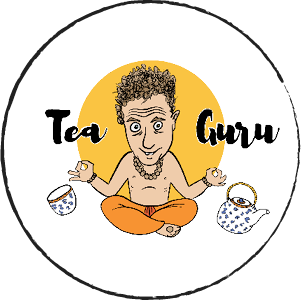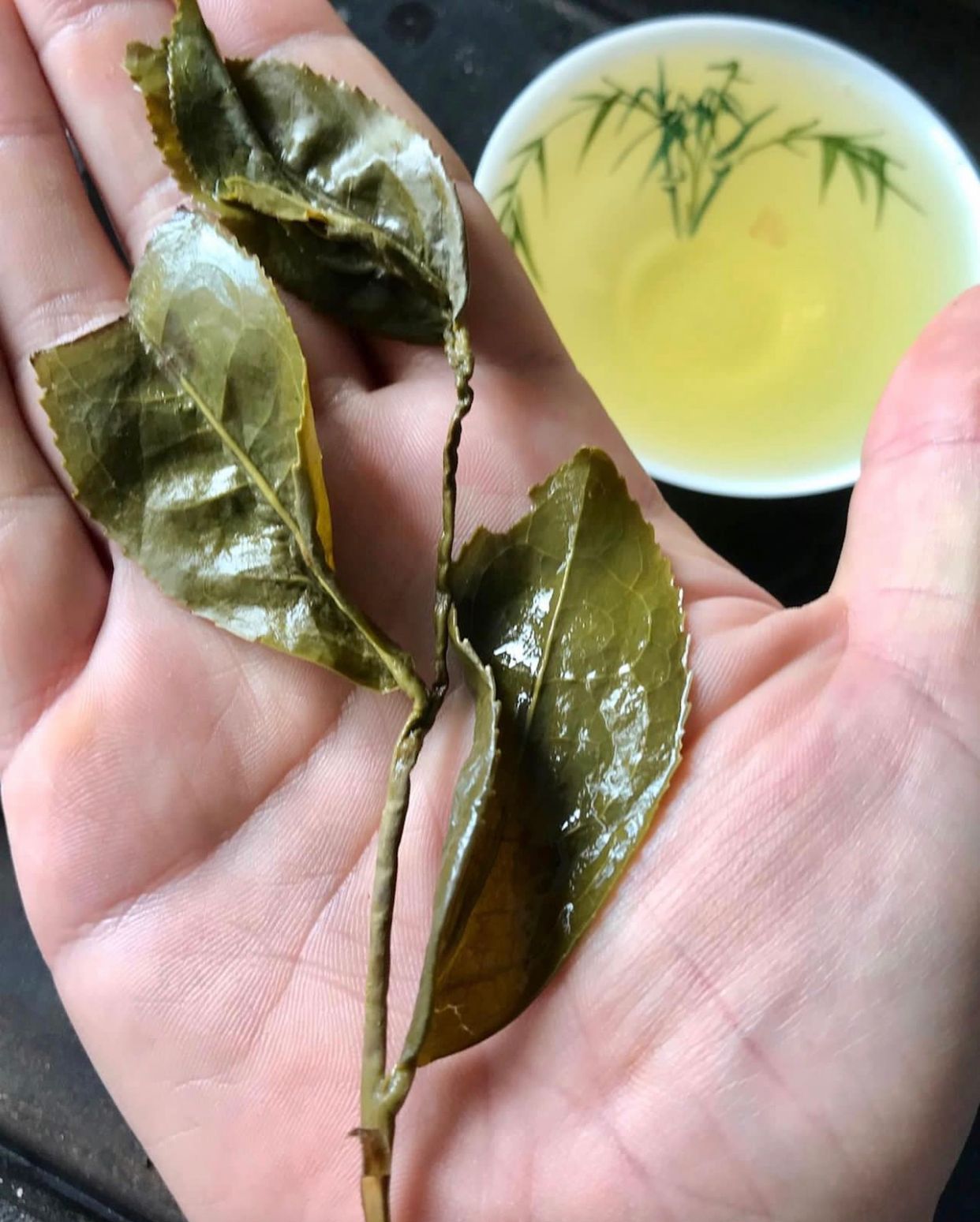
In the vast realm of tea, oolong stands out as a truly exquisite and versatile Genre. If your looking a ‘flavour bomb’ of a tea then please read on! No other type of tea carries such a vast spectrum of flavors and aromas and it’s for this reason that oolong tea holds a special place in the hearts of tea enthusiasts worldwide.
Oolong tea falls somewhere between green and black tea in terms of oxidation. A lighter processed or ‘greener’ oolong can be fresh or fruity tasting and heavily processed oolong can be more roasty, deep and hold flavours like dark fruits. This distinctive partial oxidation process imparts a range of flavors, aromas, colours to the tea leaves / broth and a wide spectrum of tastes to suit different preferences.
Origins and Cultivation:
Historically rooted in China, oolong tea production has expanded to other countries such as Taiwan, Thailand, and India. The terroir, climate and production techniques of each region lend their unique characteristics to the tea, resulting in a diverse array of oolong profiles. From the super popular Tie Guan Yin or prestigious Yancha oolong of China to the complex and delicate high-mountain oolongs of Taiwan, exploring the regional variations can be an exciting adventure for tea enthusiasts.
Types of Oolong Tea:
Light Oolongs: These teas are lightly oxidized and often have floral or fruity notes. Examples include the delicate Bai Hao oolong or the refreshing and floral Alishan oolong.
Dark Oolongs: With a higher level of oxidation, dark oolongs exhibit deeper flavors, such as roasted nuts, caramel, and honey. The famous Wuyi Rock oolongs and Da Hong Pao belong to this category.
Aged Oolongs: Some oolongs, particularly darker oolongs can be aged for several years, resulting in complex and mellow flavors. Aged oolongs offer a unique drinking experience, reminiscent of aged wines or fine spirits.
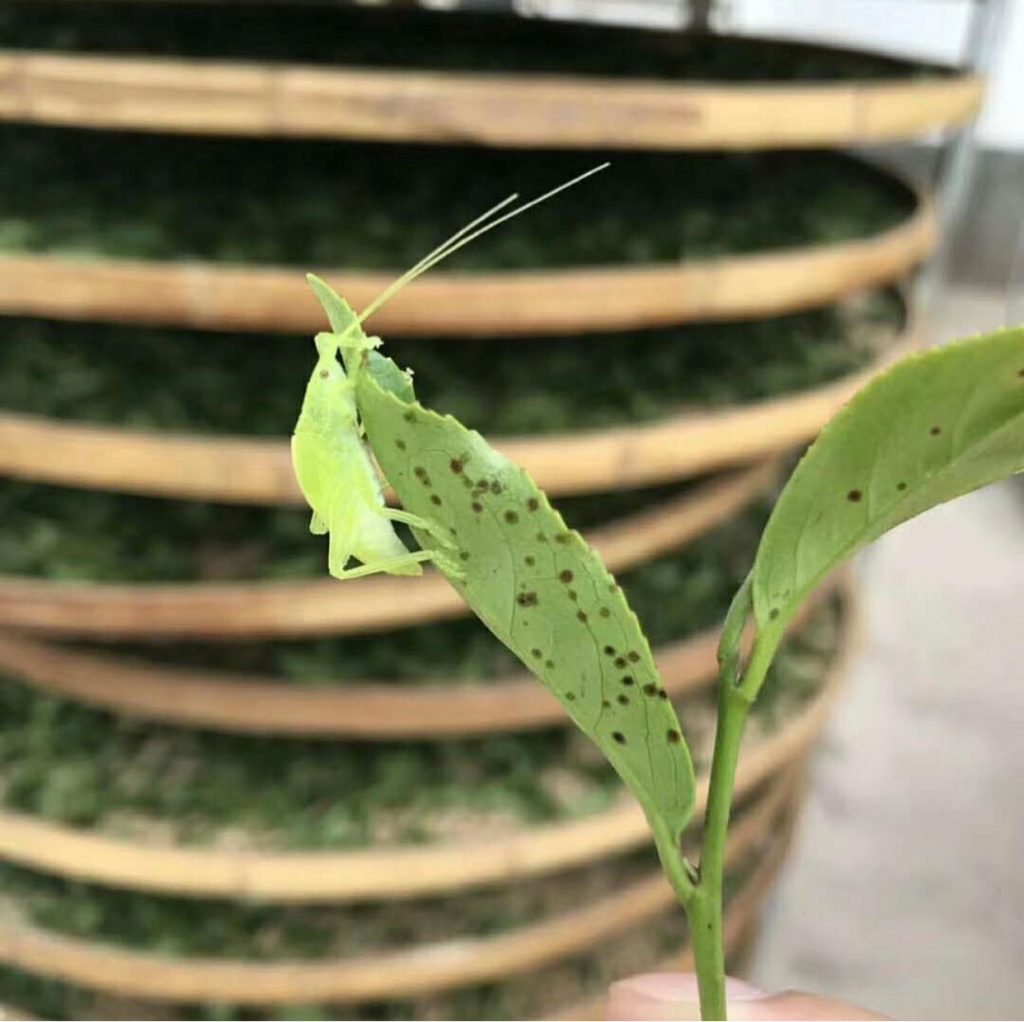
Brewing Oolong Tea:
Water: As with all tea brewing we need to mention that water is critical! Super hard or super soft water WILL result in a bad brew. Use filtered water or even better, grab some basic spring water from the shop, the cheapest you can get. Basic spring water should be low on mineral content resulting in the perfect balance in the cup. Generally aim for a water temperature of 95c – 100c.
Brewing technique:
Oolong is fairly forgiving and will generally perform well with Western ‘big teapot style’. You can play steeping times and depending on the type of oolong it can range from 1-3 minutes for light oolongs to 3-5 minutes for darker varieties. To truly appreciate the fine nuances of oolong tea please consider gong fu brewing. Gongfu tea ceremony brewing is the serving of multiple infusions, and appreciating the tea’s evolving flavors with each pour. Engaging in a tea ceremony can be a meditative and enjoyable experience that gives you much more control over your brewing. Again, play with steep times/ amount of leaf but as a general rule use 7g starting at 5 second infusions slowly increasing the steep times. Have fun exploring how you like to brew!
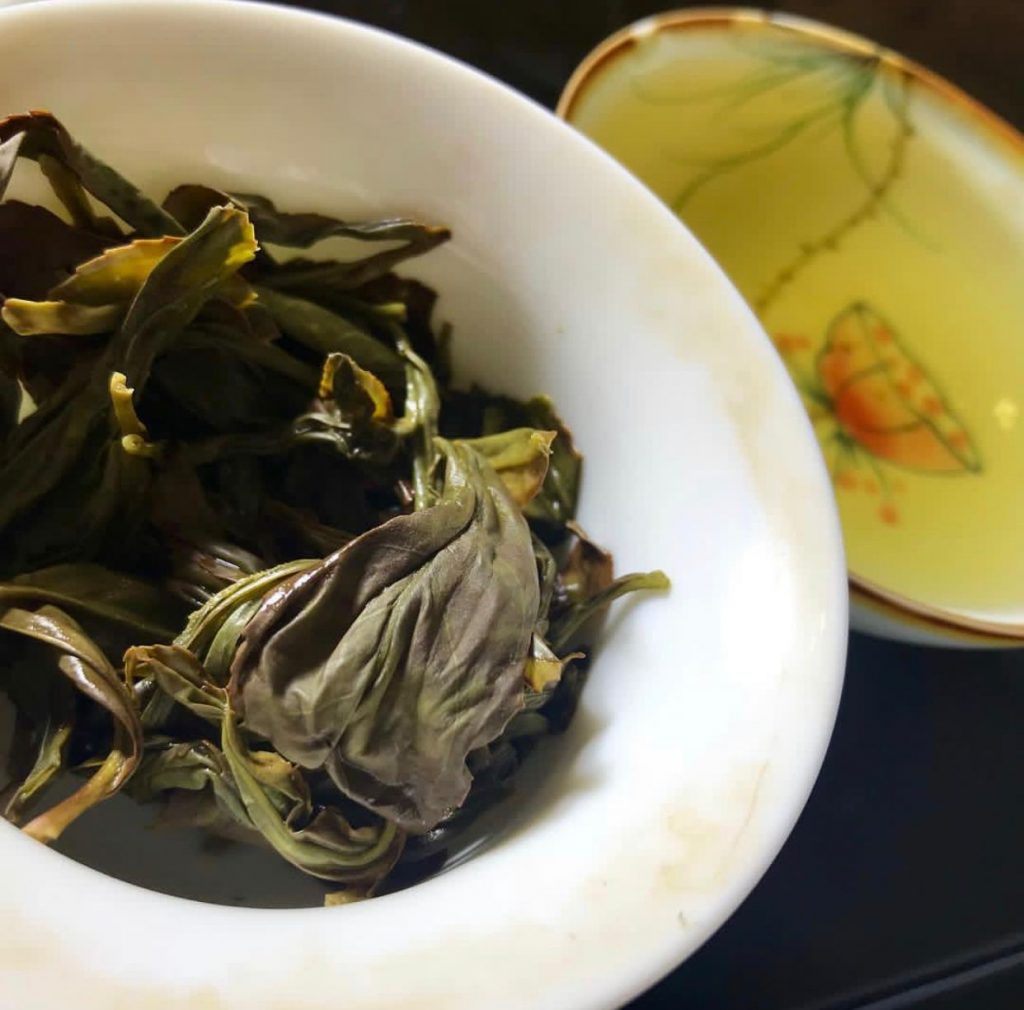
Specialty Oolong Varieties:
While oolong tea offers a wide range of flavors and aromas, there are also some exceptional and rare oolongs that deserve special mention:
Oriental Beauty (Bai Hao Oolong): This unique Taiwanese oolong is highly prized for its complex honey and fruity notes. It undergoes a special production process involving insect-bitten leaves, contributing to its distinctive flavor profile. Find it in store!
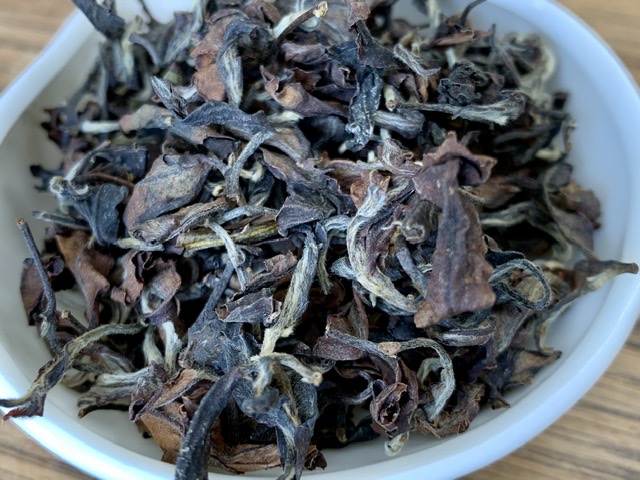
Phoenix Dancong: Hailing from the Guangdong province of China, Phoenix Dancong oolongs are known for their captivating floral and fruity aromas. Each cultivar imitates the scent of a different flower or fruit, making it a fascinating tea to explore. We hold a special place in our hearts for Dan Cong! Explore our range.
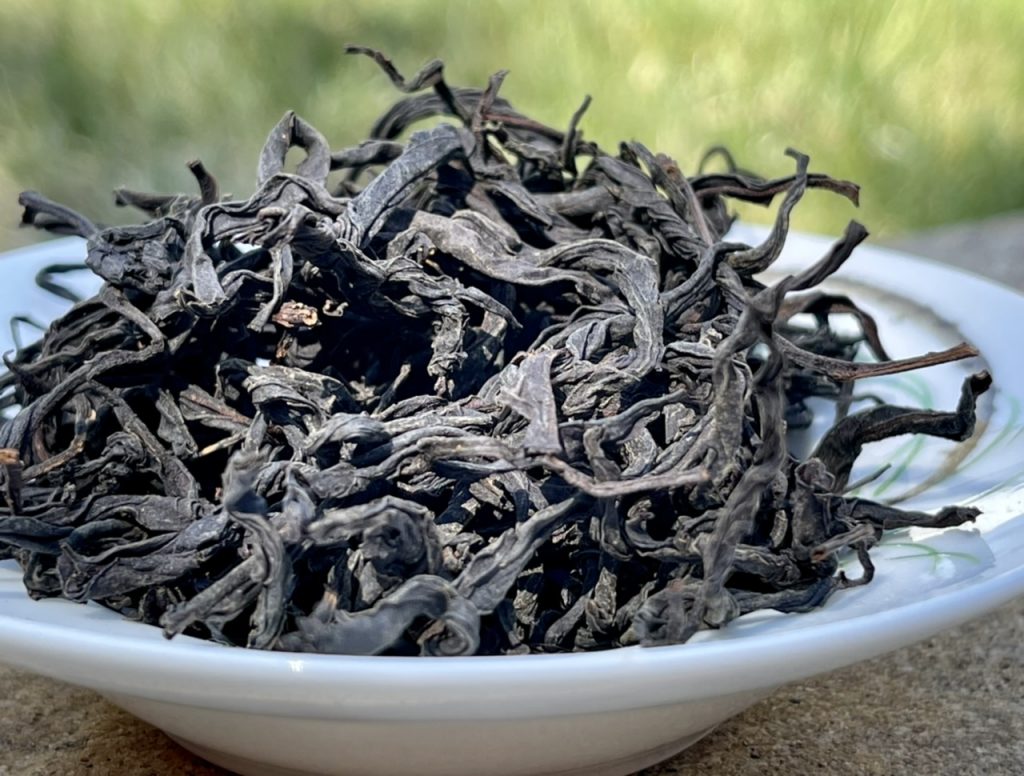
Formosa (Taiwanese) Oolong: From the mountains of Taiwan, Formosa oolongs encompass a wide range of flavors and styles. The high-mountain oolongs, grown at elevations above 1,000 meters, are especially revered for their delicate and complex profiles.
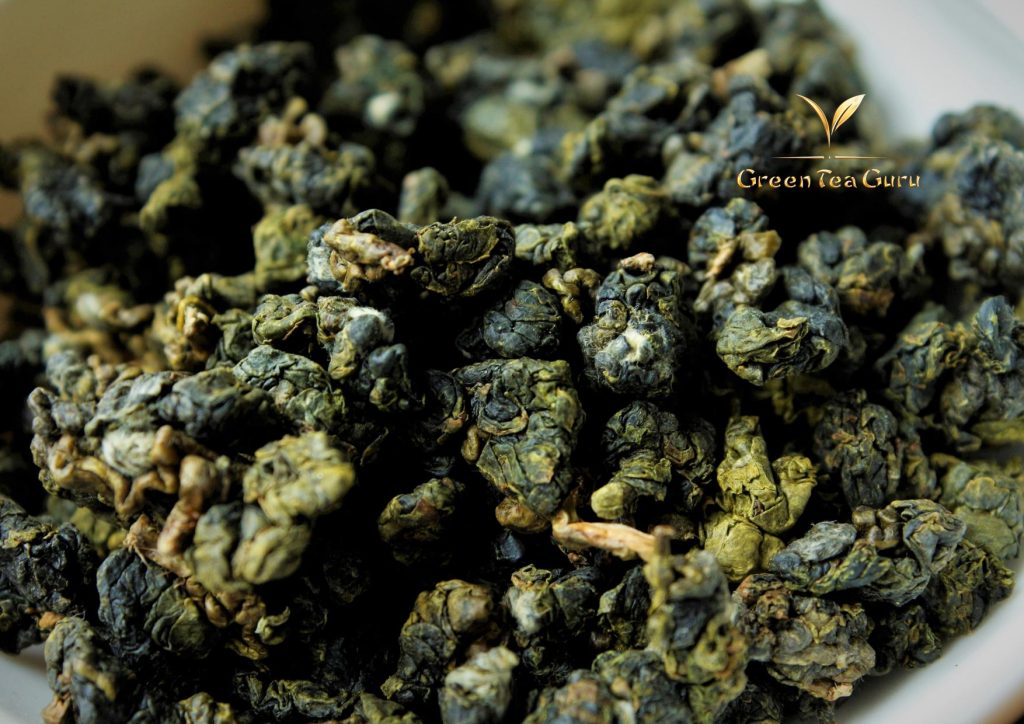
Yancha: The most sought after and prestigious oolongs are medium to heavy processed fujian teas such as Da Hong Pao and Rougui. The very best of which (Yancha) comes from The Wuyi mountain range in fujian province, China. The varied terroir of this region lends its tea growing areas to be sub divided and sold as such. These areas are small and harvest is limited so they can be quite pricey…but they are very worthy of exploration. They have an incredibly roasty aroma / flavour and smooth mouth feel.
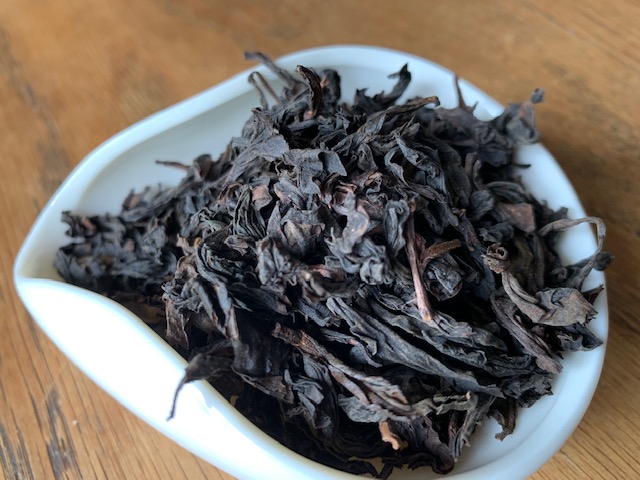
Storing and Caring for Oolong Tea:
Aged oolong and heavy roast oolong tend to do fine long term if stored correctly. Greener oolongs generally are fine for around 18 months. To ensure the longevity and quality of your precious oolong tea, proper storage is crucial. Follow these tips:
Keep it airtight: Store your oolong tea in airtight containers, away from light, moisture, and strong odors to preserve its freshness.
Avoid extreme temperatures: Oolong tea is sensitive to temperature fluctuations, so keep it in a cool, dry place away from direct sunlight and heat sources.
Kind thanks for reading my blog. Please don’t forget to check out all the amazing Oolong tea we have in store! Oli.
